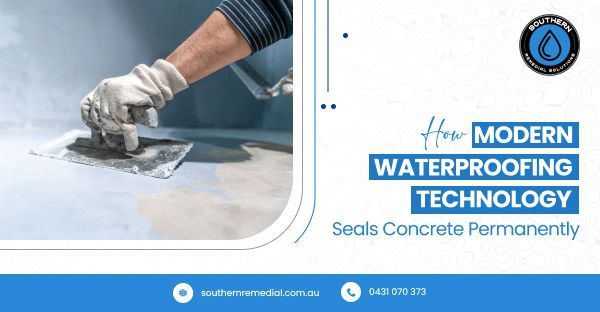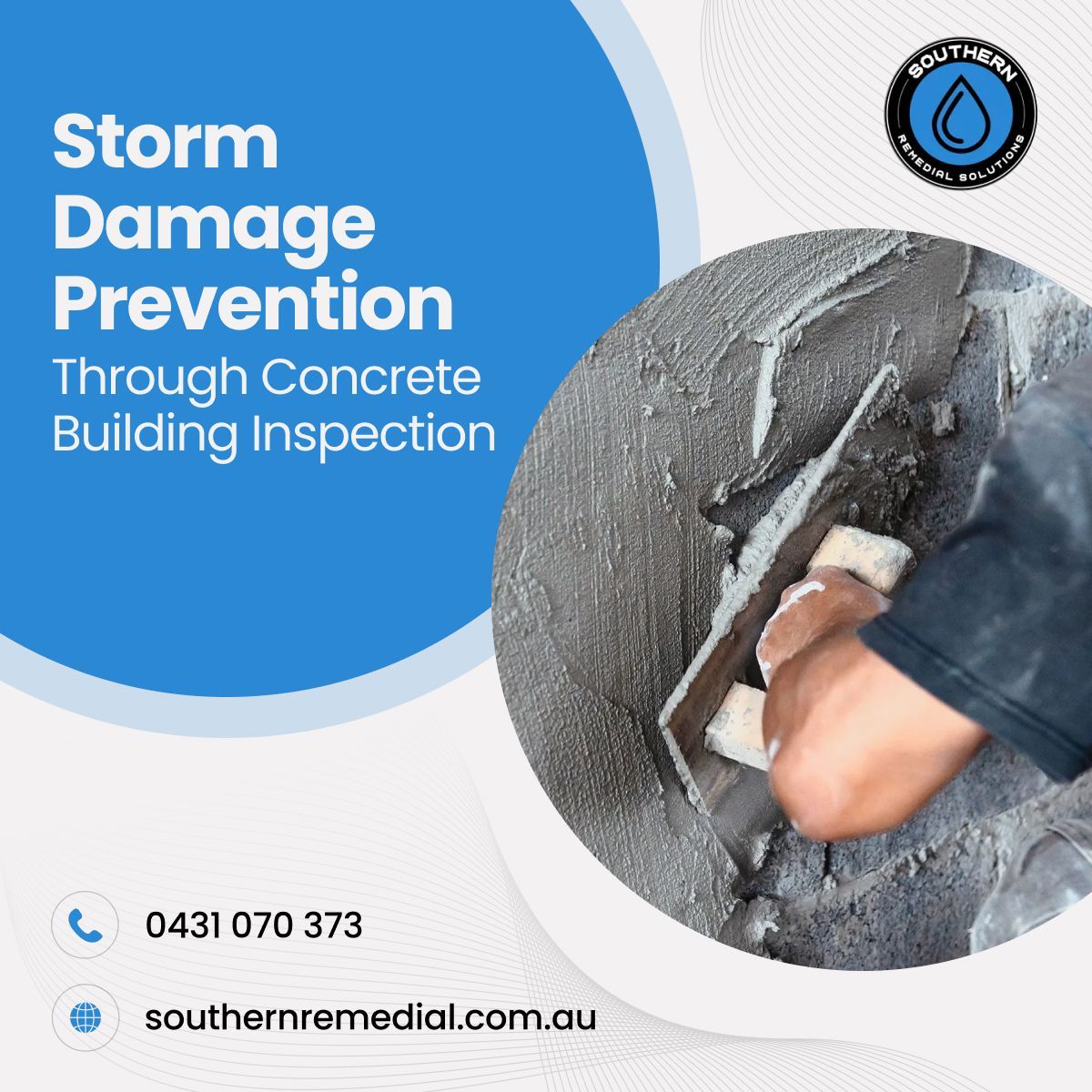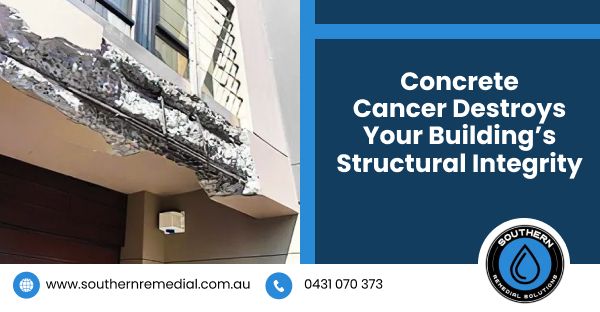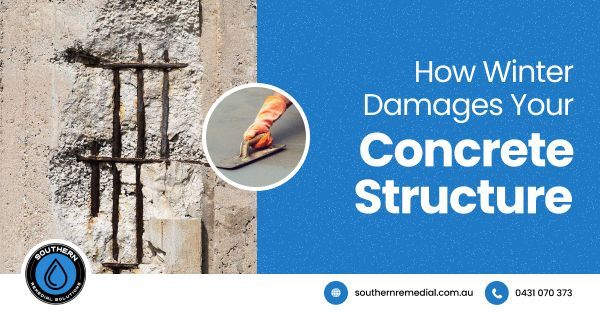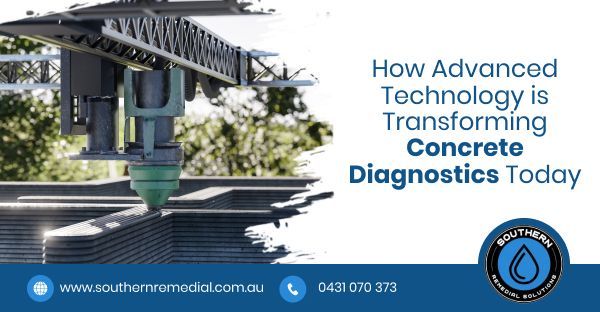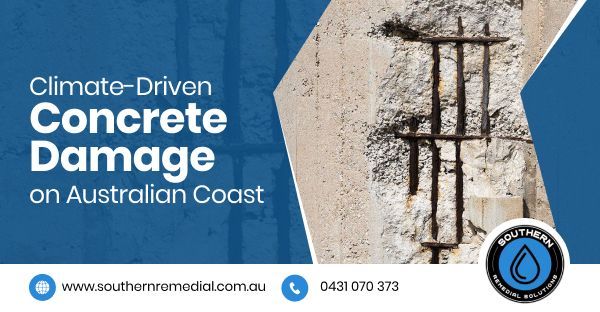Cracks in Concrete Floor: Types, Causes, and Treatment
Feeling a bit concerned about those cracks on your concrete floor? Perhaps you're wondering if they might signify a more significant issue. Before you worry, it's important to understand first what could be causing these cracks. In this blog, we'll explore the common types of concrete cracks and provide practical tips and solutions to address the issue. Read on to gain a better understanding of concrete cracks and find out what to do to keep them in top condition.
Why does concrete crack?
Concrete can crack due to various factors, and understanding these is crucial for proper repair and maintenance. Some common causes of cracked concrete include:
Shrinkage
Shrinkage is one of the most common causes of concrete cracking, and this happens when the concrete achieves optimal strength with only minimal water. If too much water is added to the concrete mix, it can compromise the concrete's integrity. The excess water will weaken the chemical bonds between the cement and the aggregate, resulting in a weaker and less durable material.
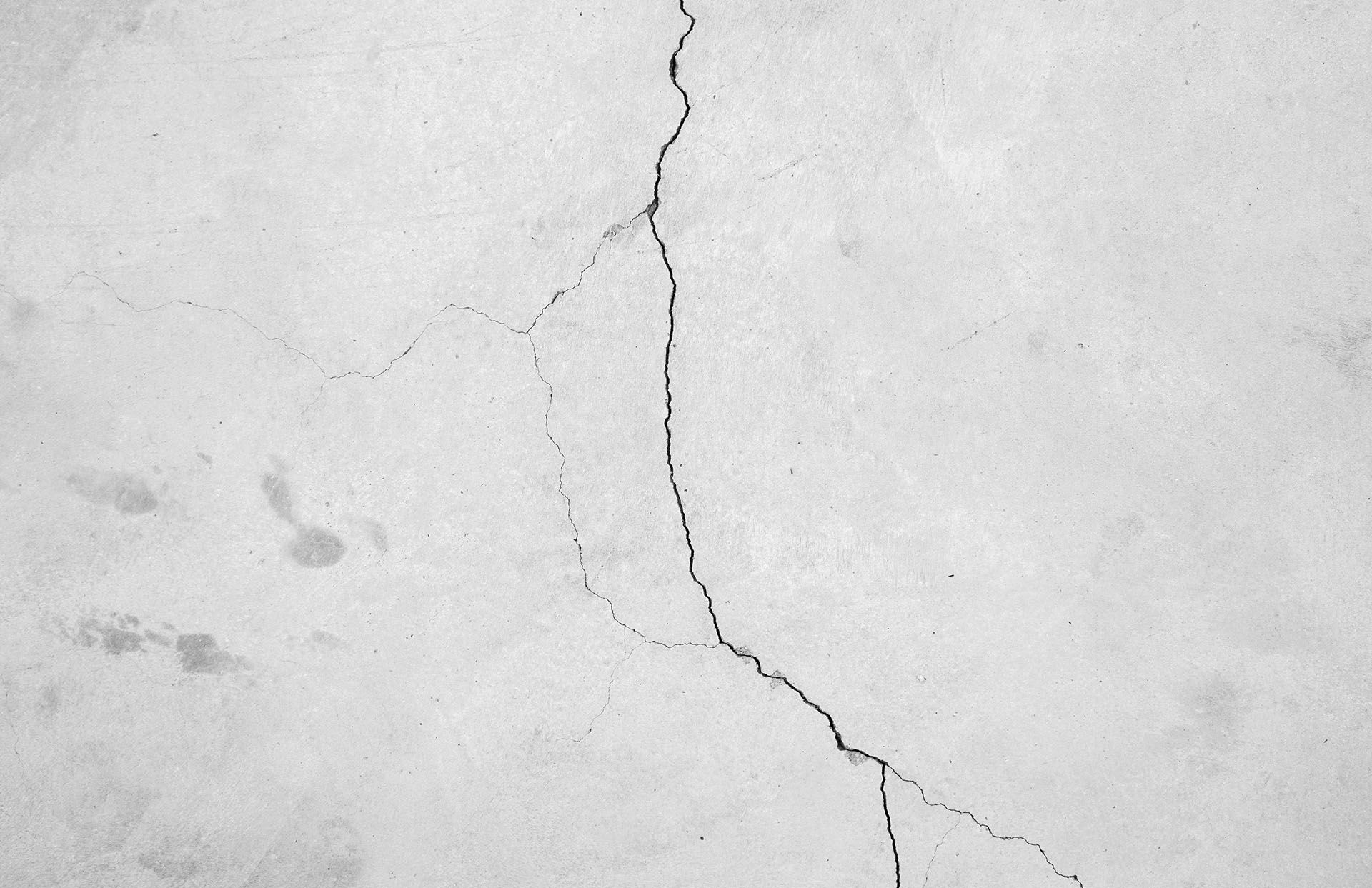
Temperature changes
Cracking may occur when there are significant changes in the temperature, concrete, the surrounding air, or the placement surface. To prevent cracking, avoid placing concrete on surfaces below 35°F (1.7°C), and ensure the temperature difference between the concrete and the air remains within 20°F, except when temperatures above 50°F persist for more than half of a 24-hour period.
For slab-on-grade construction, make sure that the subgrade is well-compacted and that both the concrete slab and subgrade are appropriately sloped to facilitate proper drainage. During cold weather conditions, it's essential to remove any snow or ice before placing the concrete.
Rapid drying of the concrete
When concrete dries too quickly, the water on the surface evaporates. This prevents proper curing from taking place. And without enough curing, the concrete will not be able to hydrate properly, causing the surface layer to shrink quickly. This shrinkage puts stress on the concrete, making it likely to crack. Since the concrete doesn't have enough moisture to strengthen gradually, these stresses lead to the formation of small cracks on the concrete surface.
Insufficient concrete strength
Using the wrong type of concrete strength in construction can cause cracks because it might not be strong enough to support the weight. This can happen if the concrete mix doesn't have the right amounts of cement, aggregates, and water, or if it doesn't meet the design requirements. That's why it's important to use adequate concrete strength to make sure it can handle the expected pressure and stress without breaking.
Lack of control joints
As concrete naturally shrinks during the drying process, control joints help manage and control this shrinkage by providing predetermined lines where cracks can form in a controlled and intentional manner. Without control joints, the concrete is more likely to develop random and unsightly cracks, which can potentially compromise both the appearance and integrity of a structure. The strategic placement of control joints is crucial for minimising the impact of shrinkage-related cracking for a more durable and aesthetically pleasing concrete structure over time.
What are the most common types of concrete cracks?
Concrete can develop various types of cracks, which may include:
Shrinkage Cracks
Concrete basically consists of a mixture of cement paste and water. As the cement and water harden to form concrete, a portion of the water is released through evaporation. In this process, the concrete slab gradually shrinks in size. And since concrete is rigid and tightly bonded, the decrease in material caused by evaporation potentially creates stress that can result in concrete cracks. To avoid cracks in concrete due to shrinkage, consider reducing excess water content in the concrete mix and incorporating control joints in the slab.

Plastic Shrinkage Cracks
Plastic shrinkage cracks occur during the drying and curing process as water evaporates from the newly laid concrete. These cracks in concrete are typically small in size and often form a network of interconnected lines on the surface. While these cracks may not directly impact the strength of the concrete, they can impact its aesthetic appearance. Hence, proper curing techniques and the use of curing compounds can help mitigate the risk of plastic shrinkage cracks in concrete.
Settlement Cracks
Settlement cracks happen when the ground beneath a building or foundation experiences differential settling due to factors such as changes in soil moisture, consolidation, or the decomposition of organic materials. In this non-uniform settling, the structure experiences stress and strain and starts to develop cracks. To prevent this type of cracks, thorough site preparation should be performed in order to address any drainage issues.
Structural Cracks
Structural cracks in concrete refer to cracks that occur deep within the material. These concrete cracks extend beyond the concrete surface, potentially compromising the overall stability and load-bearing capacity of a concrete slab. They often indicate underlying issues, such as excessive loads, settlement problems, inadequate design, material defects, or environmental stressors. Identifying the root cause of structural cracks is essential to implement effective repairs and prevent further deterioration. Professional structural assessments and remediation measures are also important to ensure the long-term integrity and safety of the structure.
Crazing Cracks
Crazing cracks refer to a network of fine, random cracks or fissures that result when shrinkage in the concrete surface layer occurs. These cracks are sometimes more than 3mm deep and are particularly noticeable on over-floated or steel-troweled surfaces. The irregular hexagonal areas enclosed by the cracks are typically no more than 40mm wide and may be as small as 10mm in unusual instances. While crazing cracks may not compromise the sturdiness of the concrete, they can affect its visual appearance. That's why proper construction practices, including thoughtful curing techniques, are essential to minimise its occurrence.
Hairline Cracks
Hairline cracks are very fine and narrow cracks that typically appear on the concrete surface when the material undergoes shrinkage during the curing process or when the concrete slab experiences minor movements. They are often superficial and typically so thin that they resemble a hair strand. This type of concrete cracks can occur due to a variety of reasons, such as temperature changes, settling, drying, or minor structural movements. Monitoring and addressing the underlying causes, as well as applying proper construction and maintenance practices, can help prevent or minimise the occurrence of hairline cracks.
Expansion Joints Cracks
Expansion joints are designed to accommodate the natural expansion and contraction of concrete caused by temperature changes, moisture variations, and other factors. When these joints are omitted or spaced too far apart, the concrete floor may not have sufficient room to expand and contract, which then increases their internal stresses. Without proper expansion joints, concrete floors may develop uncontrolled cracks as it tries to relieve the stress generated by temperature fluctuations or other external forces.
Can cracks compromise the structural integrity of concrete floors?
Cracks in concrete floors can potentially weaken a structure and cause it additional damage.
Reduced Load-Bearing Capacity
Cracks can decrease the load-bearing capacity of the concrete by creating pathways for moisture and environmental factors to penetrate. These concrete cracks can then lead to potential corrosion of reinforcing materials. Additionally, these cracks can also weaken the concrete's resistance to applied loads, compromising its ability to support weight effectively.
Weakened Tensile Strength
While concrete is strong in compression, it can actually be weak in tension. Concrete cracks expose the concrete to tensile stresses, leading to further propagation of cracks and potentially reducing the overall strength of the floor.
Water and Chemical Infiltration
Concrete cracks basically create openings that allow water and chemicals to get inside the material. When this happens, the concrete slab can start to weaken from within due to corrosion of reinforcement. To prevent further damage, it's important to address these concrete cracks in the early phase to prevent further damage and maintain the strength of the concrete structure. Regular inspections, waterproofing, and timely repairs are also important for the overall longevity and stability of the structure.
Structural Movement
Certain types of cracks, such as settlement or structural cracks, may indicate movement in the underlying foundation. This movement can lead to further cracking and shifting of the concrete floor, putting a risk on its stability.
Aesthetic Deterioration
While not directly related to structural integrity, aesthetic deterioration due to concrete cracks can indicate potential underlying issues. To mitigate the impact of concrete cracks on floors, it is essential to identify the root cause of the cracking and implement appropriate repair and preventive measures.
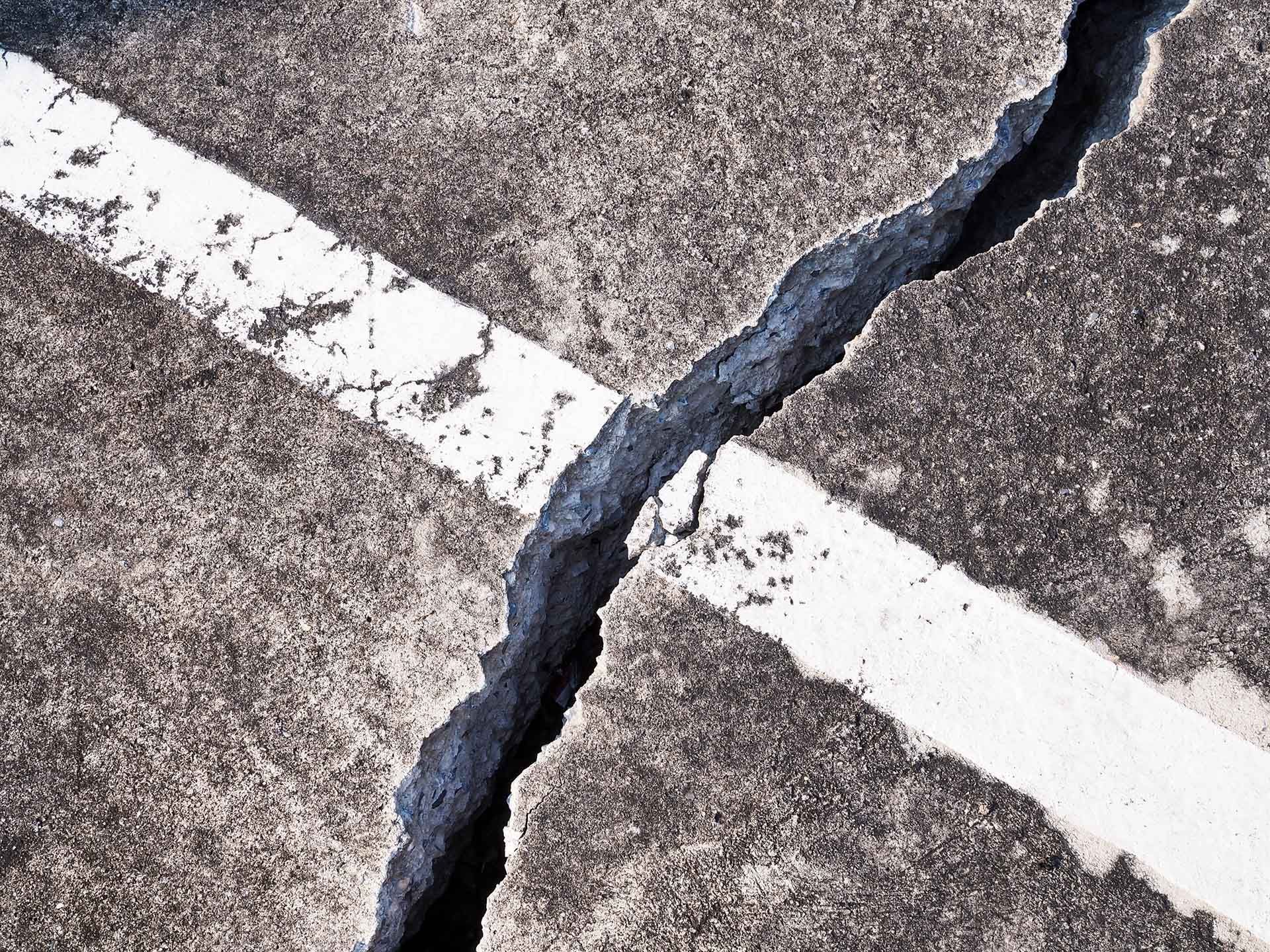
What is the acceptable crack in a concrete slab?
Concrete cracks that are small and fine with a width of less than 0.3mm are typically considered acceptable. These cracks are seen as a normal part of the structure settling a bit, and whether they are okay or not depends on different factors such as the intended use of the concrete, the environment it's in, how long it's supposed to last, and how well it's designed to endure.
However, to make sure that the concrete slab is structurally sound, it is advisable to seek guidance from a qualified and licensed professional to assess the severity of the crack, conduct a thorough investigation into its cause, and determine an effective repair method if necessary.
What to do when concrete floor cracks?
Here are some ways to help address or treat cracking in concrete slabs:
Concrete Remediation
Concrete remediation refers to the process of repairing, restoring, or improving the condition and performance of concrete structures that have suffered damage, deterioration, or other issues. This can include addressing problems such as cracks, spalling, corrosion of reinforcement, structural deficiencies, or other forms of concrete damage.
Concrete Grouting
Concrete grouting involves injecting cement-based or epoxy grouts into gaps, voids, or spaces within the concrete slab. This procedure improves the overall stability of a structure by filling voids and preventing damage from worsening.
Epoxy Injection
Epoxy injection is a meticulous process that involves injecting the epoxy resin into the cracked concrete to bond and reinforce it. This method is exceptionally effective at stopping the advancement of cracks and restoring the structural integrity of the concrete.
Concrete Crack Repair
Dealing with cracks promptly is crucial to prevent further damage. That's why concrete crack repair should be your priority. Start with a thorough inspection of the concrete slab or structure then diagnose the underlying causes to come up with appropriate techniques. This comprehensive approach ensures a smooth and durable resolution to concrete imperfections.
Render Repair Solution
When concrete is exposed to various factors like weather, moisture, and general wear, concrete can affect the visual appeal and durability of the concrete, causing it to crack. To address this, concrete rendering is applied to the cracked concrete to create a protective layer. This rendering not only restores the concrete's appearance but also adds a resilient barrier to prevent further damage and ensure the longevity of the structure.
Remedial Waterproofing
Remedial waterproofing refers to the process of applying waterproofing measures or treatments to an existing structure to address water infiltration or leakage issues. This process may include applying waterproof coatings, sealants, or membranes to surfaces, repairing or replacing damaged waterproofing systems, or addressing structural issues contributing to water ingress. While remedial waterproofing does not directly prevent concrete cracks, it addresses water-related issues that can contribute to the development and worsening of concrete cracks over time.
Rising Damp Treatment
Rising damp treatment typically addresses issues related to moisture rising through porous materials like walls. While it may not directly repair cracks in concrete, it can help prevent further moisture-related problems from occurring. If left unaddressed, rising damp can exacerbate existing cracks and compromise the structural integrity of the concrete. Therefore, it's crucial to implement both rising damp treatment and targeted concrete repair solutions to ensure a comprehensive and lasting resolution to moisture and structural issues.
Concrete Spalling Repair
Concrete spalling or concrete cancer repair refers to the process of fixing or restoring concrete surfaces that have experienced spalling or deterioration of the concrete surface. To repair concrete spalling, the damaged or deteriorated areas are typically removed, and the surface is prepared for restoration. The repair process may involve cleaning the affected area, applying a bonding agent, and then patching or resurfacing with a suitable material. The goal is to restore the integrity and appearance of the concrete to prevent further deterioration and maintain its aesthetic appeal.
Cavity & Flashing Repairs
Cavity repairs involve addressing issues within the space or gap between layers of building materials, commonly found in cavity walls. These repairs often include fixing water penetration, insulation problems, or pest-related issues within the cavity. On the other hand, flashing repairs are centred around maintaining and fixing the thin, weather-resistant material (flashing) installed to redirect water away from critical areas like joints and intersections. These repairs may involve addressing damaged or corroded flashing, resealing concrete joints, or proper installation to prevent water damage.
Avoid Rapid Drying
Rapid drying of concrete can lead to shrinkage cracks. Instead, keep the concrete consistently moist and use proper curing methods, to slow down the drying process. This not only helps maintain the necessary moisture levels for proper hydration but also minimises the risk of plastic shrinkage cracks. Additionally, scheduling concrete placement and avoiding extreme temperatures reduces the likelihood of unwanted cracks in the finished structure.
Should I worry about cracks in my concrete floor?
While cracks in concrete floors may appear concerning, it does not necessarily mean that you should automatically be worried. Before anything else, it's essential to assess the nature and extent of the cracks to determine if there are underlying issues that may need attention.
Size and Width
Small cracks are generally less concerning than larger, wider cracks. If the cracks are only hairline or small in size, they are often considered normal and may not pose significant structural issues. However, if the cracks are wider than a certain threshold, for instance, 3 mm, then they may need further attention.
Location
The location of the cracks can also be significant. In such cases, cracks near load-bearing walls or structural elements may be more concerning than cracks in non-critical areas. This is because cracks in critical locations may indicate stress or movement that could affect the overall stability of the structure.
Vertical vs. Horizontal
Vertical cracks in concrete are generally less concerning than horizontal cracks due to the nature of forces acting on the material. They often result from natural shrinkage during the curing process or normal settlement over time, which are usually minor and do not significantly impact the concrete's sturdiness. In contrast, horizontal cracks may indicate lateral movement or more significant issues that could potentially affect the stability of the structure.
Changes Over Time
If the cracks widened or multiplied, it could be a sign of ongoing movement or structural issues. Hence, it's crucial to monitor any changes in the cracks, such as increased width or additional fractures. Regular inspections and timely intervention, if necessary, can help detect and address potential problems early on, for the overall stability and safety of the concrete structure.
Takeaway
Cracks in concrete floors are normal and can happen over time due to various factors like shrinking, settling, and changes in temperature. To make sure your floors last a long time, it's important to know why such cracks occur and take steps to prevent them. So if you're concerned about the cracks in your concrete floor, it's a good idea to get advice from a qualified professional who can assess the concrete's condition, determine the cause of the cracks, and recommend repairs if necessary.
At Southern Remedial Solutions, we specialise in concrete remedial services to help clients address issues with their concrete floors and structures. Our services range from small concrete repair projects to major remedial works. Contact us today to get in touch or to book an on-site inspection.
